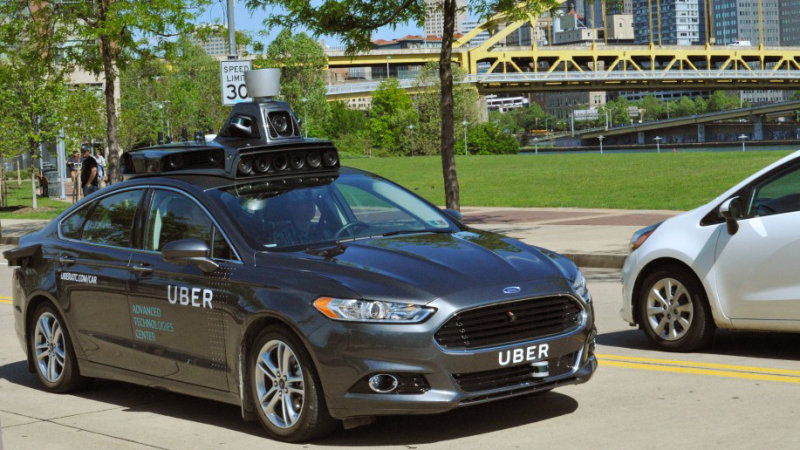SAE International may not necessarily be known here but what they are a global association of more than 128,000 engineers and related technical experts in the aerospace, automotive and commercial-vehicle industries. SAE International’s core competencies are life-long learning and voluntary consensus standards development. Those are basically their own words which describe them and what they have come out with in today’s world of self-driving technology is a standard in which they hope can be adopted globally. One of those standards are the six levels of autonomous driving.
SAE International’s has released a standard which provides and defines the six levels of driving automation, from no automation to full automation in detail for free around the world. Some countries have adopted it and one of them is the U.S. Department of Transport.

“SAE International is proud to be a critical part of the process leading to deployment of self-driving vehicle technology. Top automotive experts from all around the globe developed an SAE standard J3016 – classification of driving automation levels in on-road motor vehicles,” David L. Schutt, PhD, Chief Executive Officer of SAE International, said. “By adopting this standard into the NHTSA Federal Policy for safe testing and deployment of automated vehicles, SAE J3016 becomes the core reference and a guideline for all stakeholders in this transformational technology.”
In general, here are SAE J3016 six levels of autonomous driving:
- Level 0 – No Automation: The full-time performance by the human driver of all aspects of the dynamic driving task, even when enhanced by warning or intervention systems
- Level 1 – Driver Assistance: The driving mode-specific execution by a driver assistance system of either steering or acceleration/deceleration using information about the driving environment and with the expectation that the human driver performs all remaining aspects of the dynamic driving task
- Level 2 – Partial Automation: The driving mode-specific execution by one or more driver assistance systems of both steering and acceleration/deceleration using information about the driving environment and with the expectation that the human driver performs all remaining aspects of the dynamic driving task
- Level 3 – Conditional Automation: The driving mode-specific performance by an Automated Driving System of all aspects of the dynamic driving task with the expectation that the human driver will respond appropriately to a request to intervene
- Level 4 – High Automation: The driving mode-specific performance by an Automated Driving System of all aspects of the dynamic driving task, even if a human driver does not respond appropriately to a request to intervene
- Level 5 – Full Automation: The full-time performance by an Automated Driving System of all aspects of the dynamic driving task under all roadway and environmental conditions that can be managed by a human driver
Jack Pokrzywa, Director of Ground Vehicle Standards for SAE International, said the work of developing such critical industry standards is ongoing for SAE. “Stay tuned as our technical committees continue work on an extensive portfolio of standards related to all levels of driving automation including full driving automation incorporating architecture and interfaces, interoperability, communication, and cyber security.”
Barbara Wendling, sponsor of the J3016™ Taxonomy and Definitions for Terms Related to Driving Automation Systems for On-Road Motor Vehicles document and chair of the On Road Automated Driving Definitions task force, added that the diligent work of the committee members helped make the adoption by the U.S. DoT possible.

“We were very fortunate to have an outstanding task force membership that includes deep experts in law and regulation, as well as automated driving technology design and development,” Wendling said.
Having a global standard in place allows for companies around the globe to work on technology focusing on the right levels as well as being in sync with various regulations around the world. So when you hear a level 3 or level 5 autonomous vehicle, there is a significant difference. The standard is also in place to also help teach consumers that not all vehicles with the word “autonomous” in their technology or software are equal. Once such case was argued when a driver was killed when he wasn’t paying attention to the road and allowed his Tesla to go on autopilot.
Follow us on Instagram, Facebook, Twitter or Telegram for more updates and breaking news.



